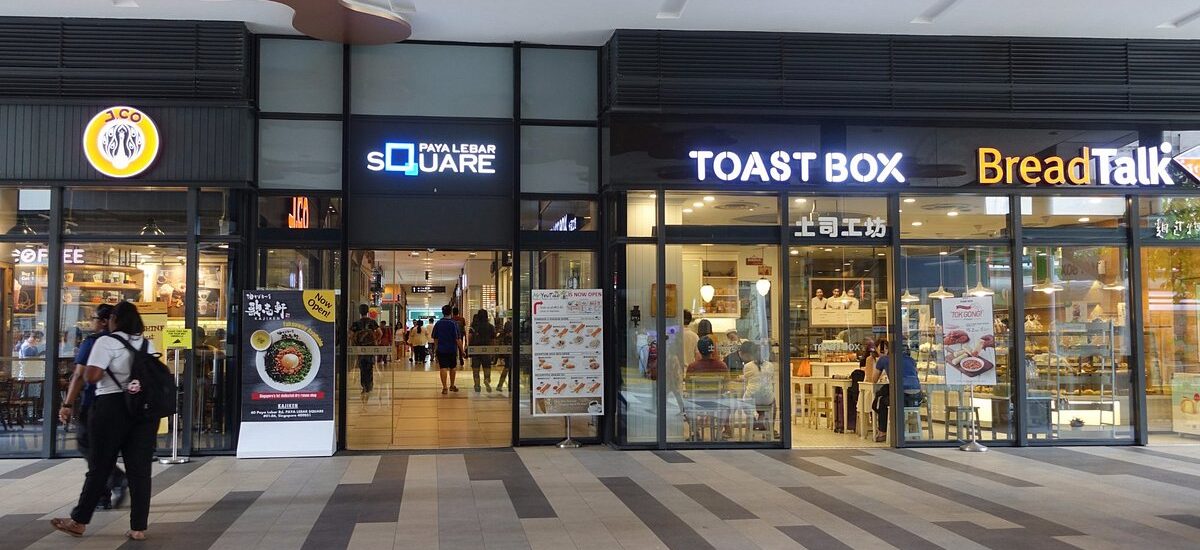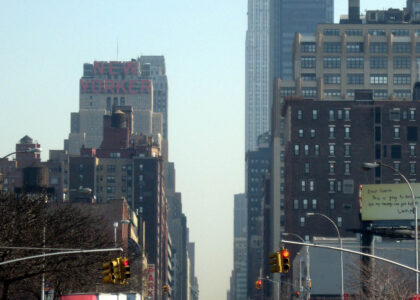Welcome to Paya Lebar Square, a vibrant and bustling hub that stands as a testament to Singapore’s dynamic urban landscape. Located at the intersection of tradition and modernity, Paya Lebar Square is more than just a shopping mall; it is a reflection of Singapore’s journey from a humble trading post to a global city.
The story of Paya Lebar Square begins in the early 20th century when the area was primarily agricultural, dotted with plantations and kampongs. The name ‘Paya Lebar’ itself is derived from the Malay words for ‘wide swamp’, which accurately described the region’s marshy conditions. As Singapore developed, the land was gradually transformed, and by the mid-20th century, Paya Lebar had become a pivotal location for aviation with the establishment of the Singapore International Airport in 1955. This airport was a key development, marking Singapore’s emergence as a major hub in Southeast Asia.
However, as Changi Airport took over as the main international gateway in 1981, Paya Lebar’s role shifted towards commercial and residential development. This transition was part of Singapore’s broader urban planning strategy to decentralize the city center and promote regional centers that could support economic growth and improve the quality of life for residents.
Paya Lebar Square, officially opened in 2014, embodies this strategic transformation. The mall was developed as part of the larger Paya Lebar Central, a precinct planned to be a bustling business and lifestyle hub. The mall’s design integrates retail, office, and dining options, catering to both locals and visitors. Its strategic location, connected directly to the Paya Lebar MRT interchange, makes it a convenient stop for commuters and travelers alike.
Throughout its history, Paya Lebar Square has hosted a variety of events that reflect Singapore’s cultural diversity and dynamic community spirit. From festive celebrations during Chinese New Year to contemporary art installations, the mall has become a cultural focal point in its own right.
Influential figures in Singapore’s development have frequently passed through Paya Lebar. While the specific figures associated with Paya Lebar Square are less documented, the broader area’s history includes notable visits, such as Queen Elizabeth II’s state visit in 1972, highlighting the location’s importance in the international arena.
Today, Paya Lebar Square continues to evolve, serving as a microcosm of Singapore’s development. It stands as a symbol of progress, seamlessly blending the past and present, and offering a glimpse into the future of urban living. As you walk through its halls or view it from afar, you are witnessing a piece of Singapore’s ongoing narrative—one that celebrates innovation, diversity, and resilience.
So, whether you’re here to shop, dine, or simply explore, take a moment to appreciate the layers of history and the vibrant community that make Paya Lebar Square a significant chapter in Singapore’s story.



